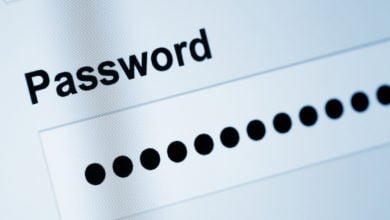Cybersecurity Lessons to Learn from the SolarWinds Hack

Last year saw one of the largest cyber attacks in modern times when some of the world’s biggest companies were compromised. It began when SolarWinds software was infected with malware, which then spread through their supply chain. Here’s a brief overview of what happened, as well as what we can learn from the situation.
What Happened in the SolarWinds Hack?
If you’re unaware, SolarWinds is a software company that develops various applications and software for business management. Some of the largest organizations in the world use this software as part of their network.
Hackers managed to implant malware in a SolarWinds software update in the spring of last year. By doing this, they gained access and compromised the data of businesses across the globe. The hack spanned many months before it was eventually discovered.
There are many theories surrounding who was responsible for the attack, given that gathering information was the main aim. Regardless, the whole debacle highlighted that even the world’s largest enterprises can fall victim to cyber attacks—and all it takes is one chink in your armor.
So, what can we learn from this event?
A Multi-Layered Approach Is Best
The SolarWinds hack showed how vulnerable you are if just one aspect of third-party security isn’t up to scratch. Thus, the need for a multi-layered approach is bigger than ever. The concept of layered security is that you have many components working together to protect you with many levels of security. It ensures that should one gap open, it can be closed right away by a different component. In this scenario, multi-layered security may have picked up on the breach in SolarWinds security, stopping it from harming your business.
The Value of Zero-Trust Policies
Zero-trust policies require everyone in an organization to go through authentication and validation every time they access applications or software, while also limiting authorized users to only necessary personnel. It’s a simple layer of security, yet one that can really protect a business.
Constant Analysis Is Required
Lastly, we can learn a lot from the fact that this hack wasn’t even spotted until many months down the line. Lots of hacks and viruses are implemented months before people notice that they exist. Therefore, the need for constant and recurring security analysis is essential. Many companies providing IT services in Cincinnati offer services like this—they look over your network and pick up on any anomalies. Constant surveillance would mean that any strange things are noticed right away, preventing instances where malware collects months and months of private data.
In conclusion, the SolarWinds hack was an eye-opening experience for businesses, showing that organizations need to improve cybersecurity in the future. Organizations can learn from these key takeaways to upgrade their cyber defenses against other potential threats.





